TGF-β / Smad Signaling
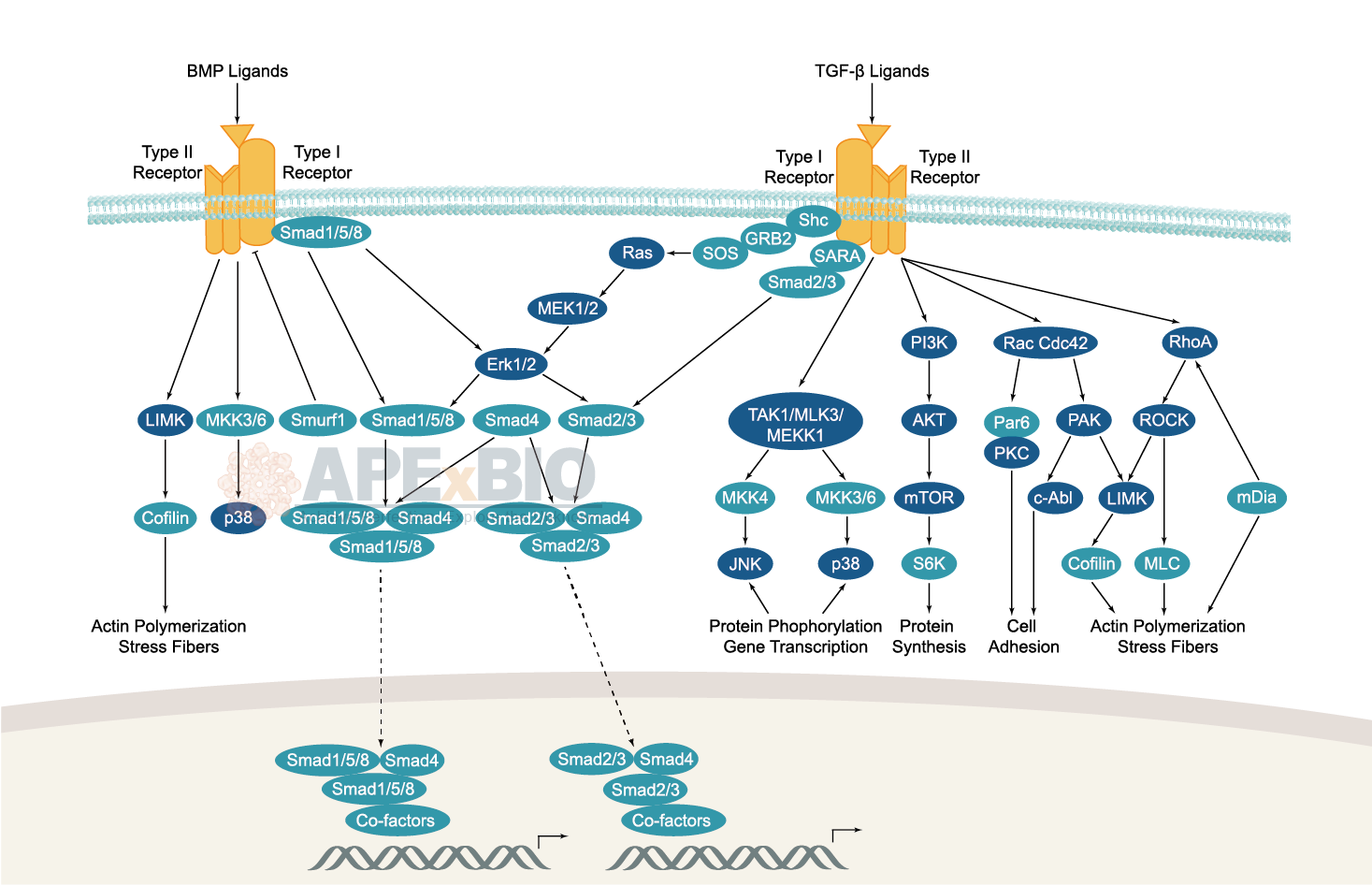
The TGF-β family is generally classified into two sub-families, TGF-β ligands, and bone morphogenic protein (BMP) ligands. In canonical signaling, receptor activation lead to phosphorylation of a group of transcription factors called Smads. TGF-β ligands bind to type II receptors (TGF-β II) which recruit and phosphorylate type I receptor (TGF-β I) on serine/threonine residues. The TGF-β I then recruits and phosphorylates a receptor regulated Smad (R-Smad). The R-Smad binds to the common Smad (Co-Smad) and forms a heterodimeric complex. This complex then translocates into the cell nucleus where it binds with nuclear co-factors to regulate the transcription of various target genes. Dysregulation of TGF-β/Smad signaling pathway is associated with a number of pathological conditions including fibrosis, cancer, immunodeficiency, diabetes and cardiovascular diseases etc.
-
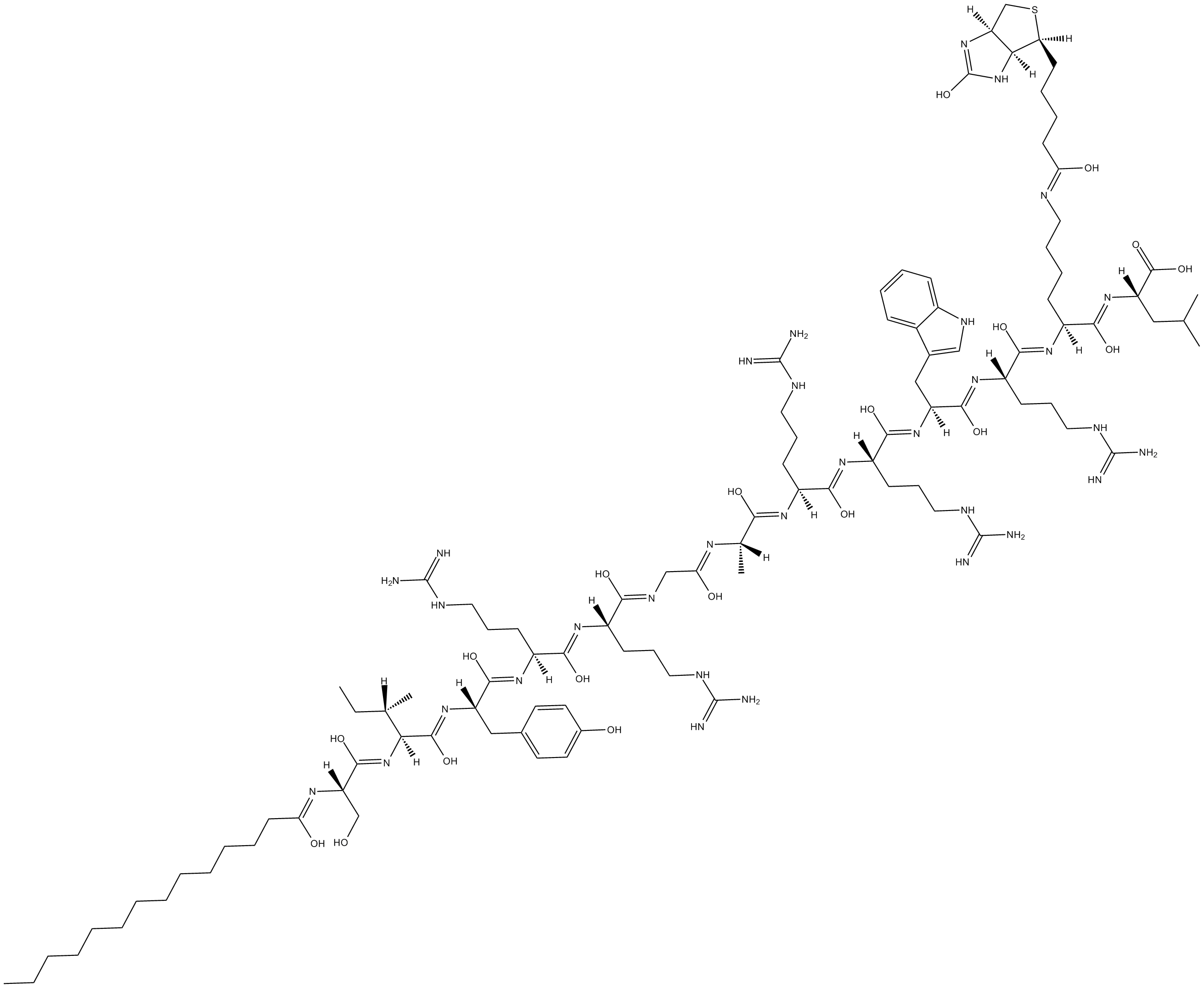 B5407 ZIP, BiotinylatedSummary: ZIP with a biotin moiety covalently attached
B5407 ZIP, BiotinylatedSummary: ZIP with a biotin moiety covalently attached -
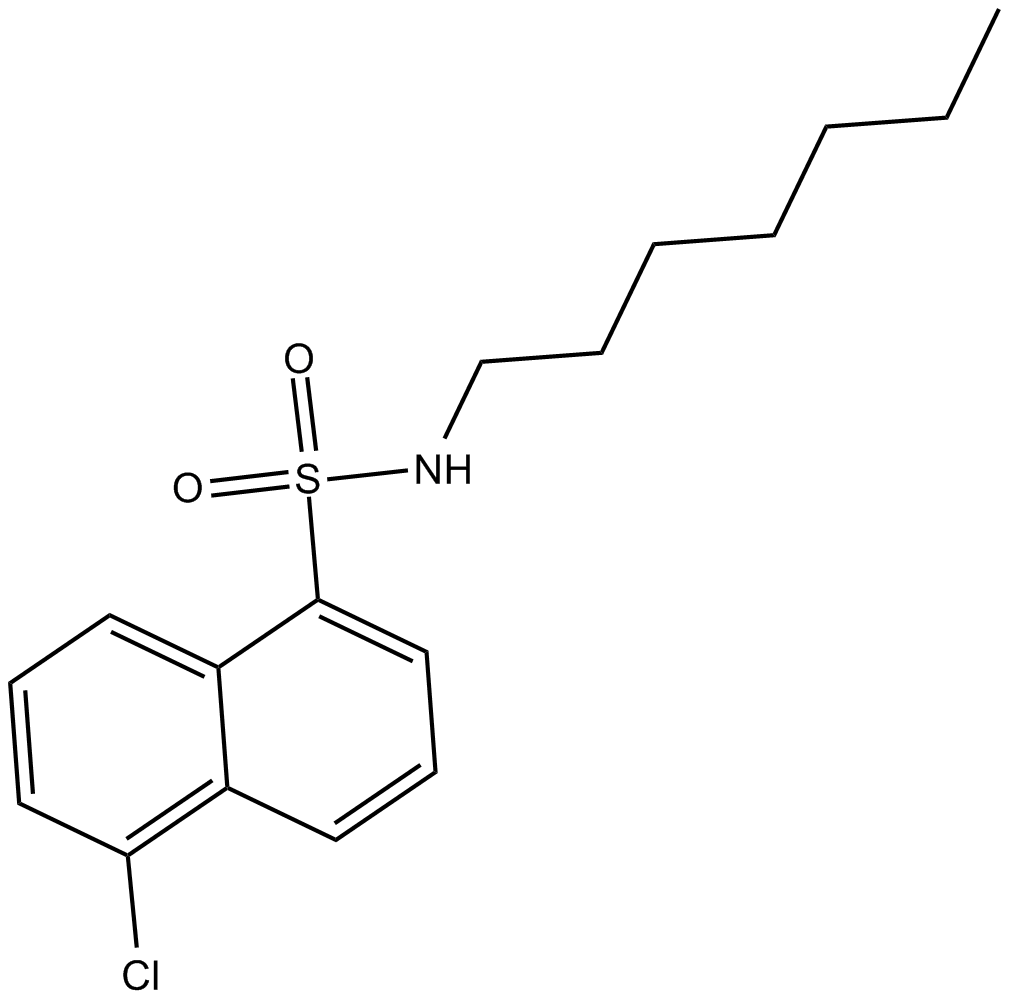 B6299 SC-10Summary: Protein kinase C activator
B6299 SC-10Summary: Protein kinase C activator -
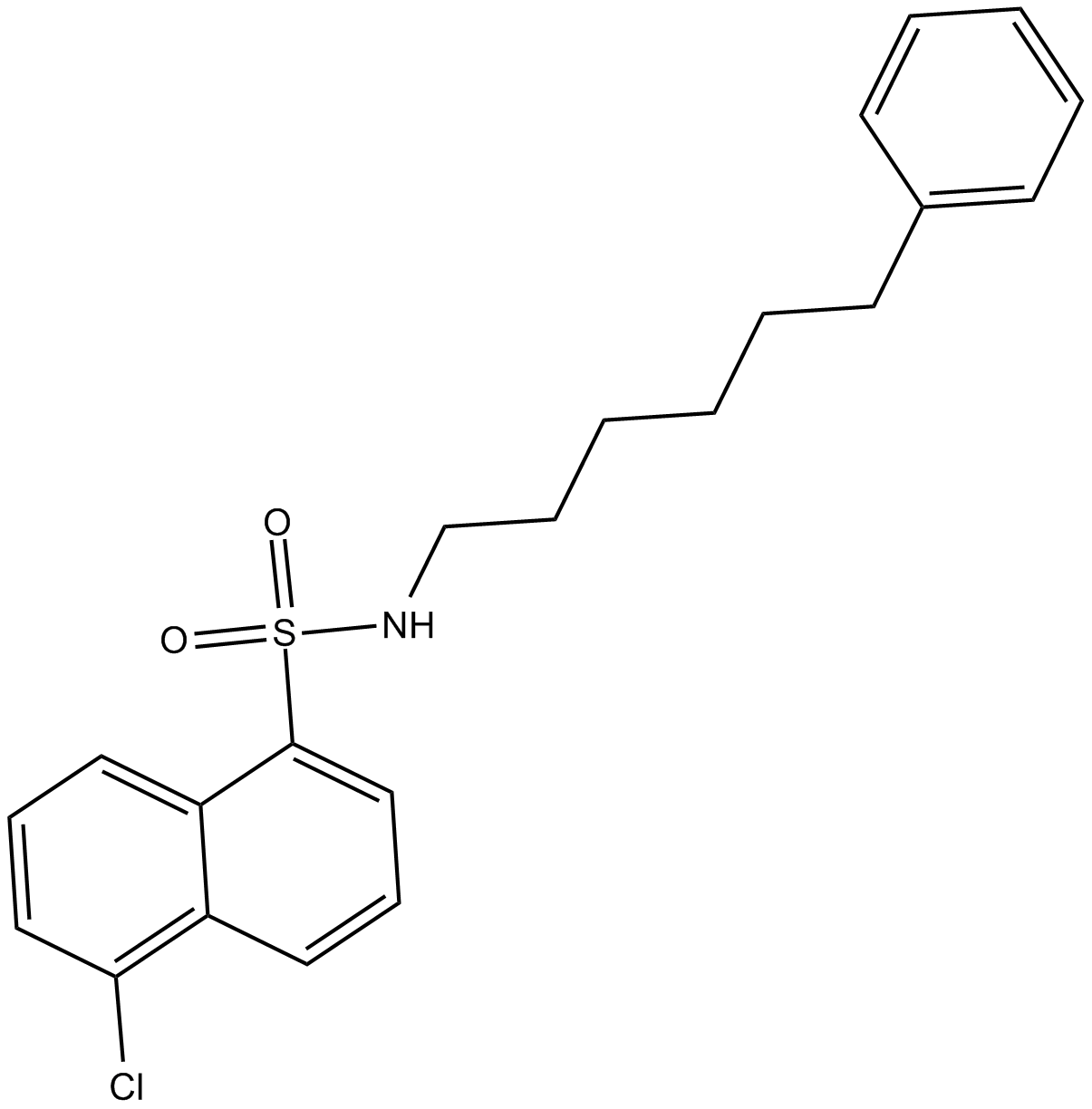 B6302 SC-9Summary: protein kinase C activator
B6302 SC-9Summary: protein kinase C activator -
 B6343 C-1Summary: protein kinase C inhibitor
B6343 C-1Summary: protein kinase C inhibitor -
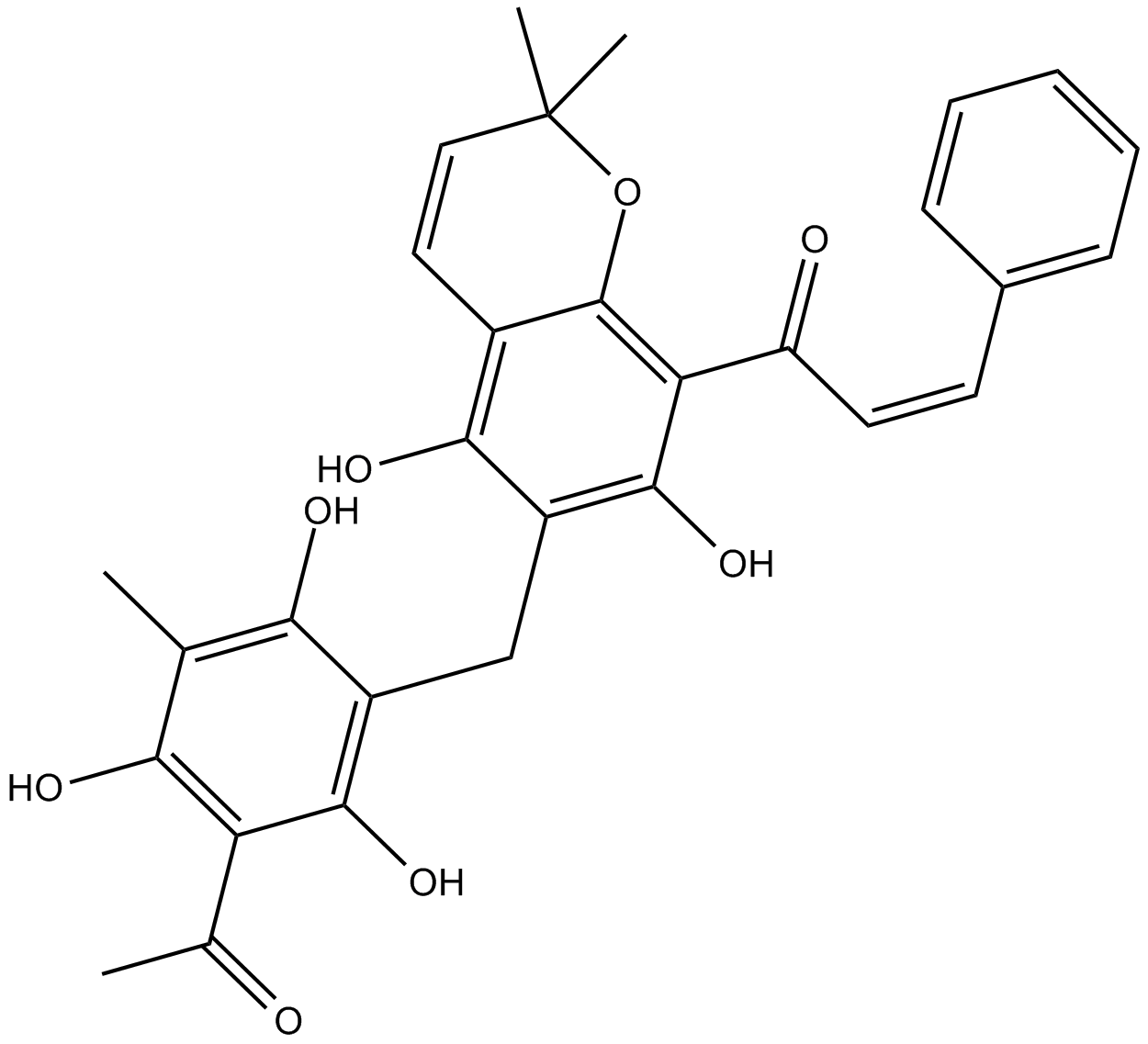 B6803 Rottlerin1 CitationTarget: PKC|Ca2 /calmodulin-dependent protein kinases (CaMKs)|PRAK|MAPKAP-K2Summary: PKC inhibitor
B6803 Rottlerin1 CitationTarget: PKC|Ca2 /calmodulin-dependent protein kinases (CaMKs)|PRAK|MAPKAP-K2Summary: PKC inhibitor -
 B7595 Bisindolylmaleimide IISummary: protein kinase C (PKC) inhibitor
B7595 Bisindolylmaleimide IISummary: protein kinase C (PKC) inhibitor -
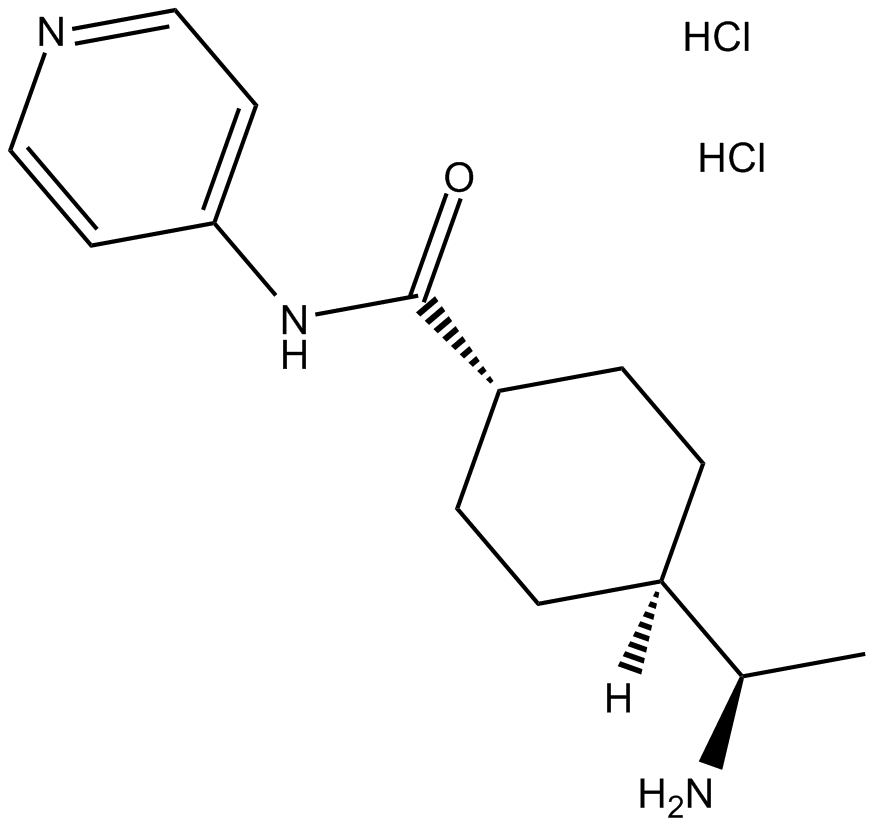 A3008 Y-27632 dihydrochloride67 CitationTarget: ROCKSummary: ROCK inhibitor
A3008 Y-27632 dihydrochloride67 CitationTarget: ROCKSummary: ROCK inhibitor -
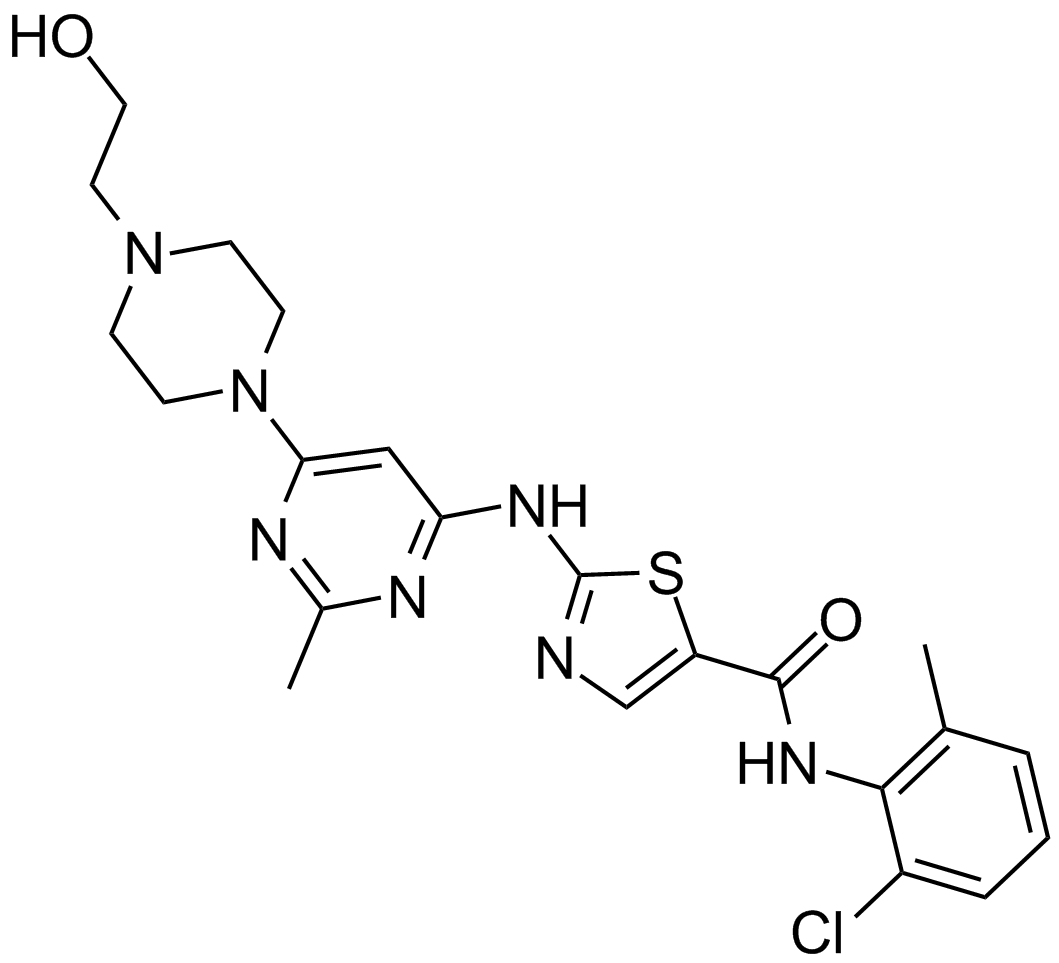 A3017 Dasatinib (BMS-354825)14 CitationSummary: Src and Bcr-Abl inhibitor
A3017 Dasatinib (BMS-354825)14 CitationSummary: Src and Bcr-Abl inhibitor -
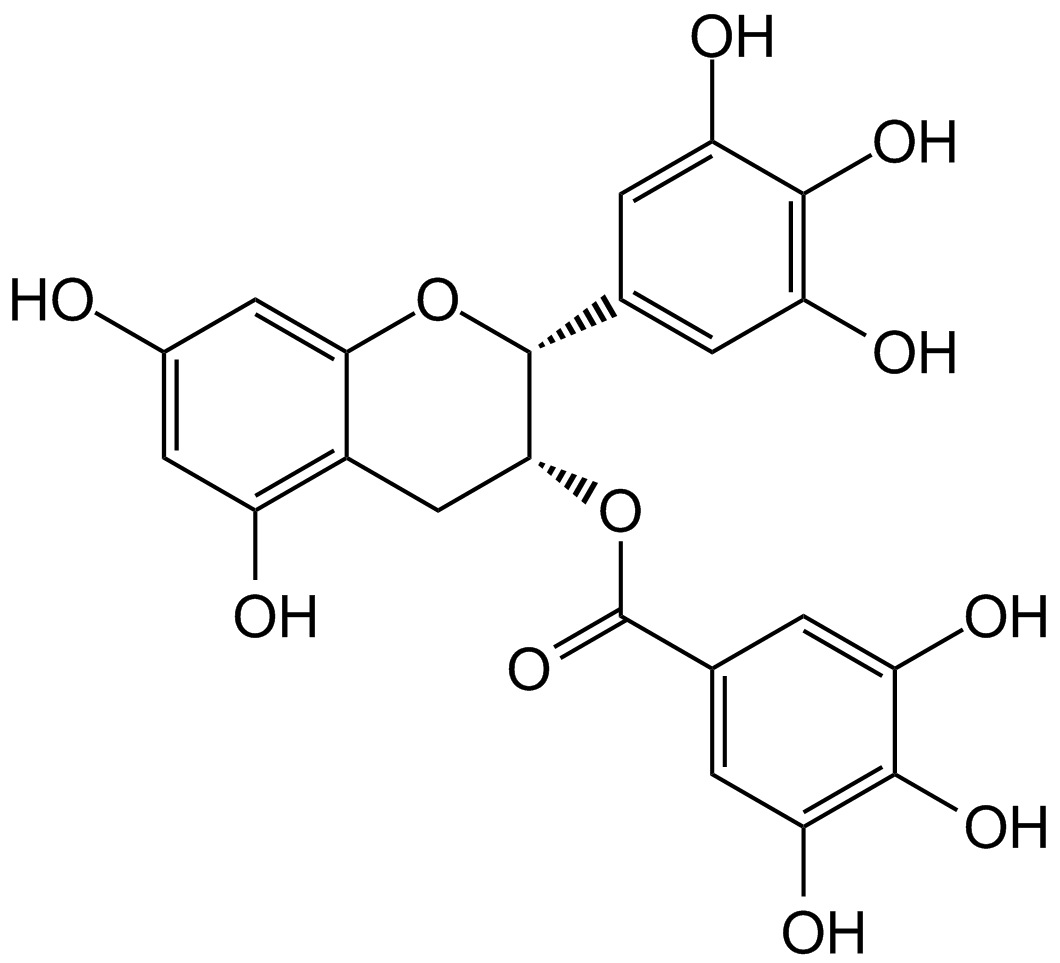 A2600 (-)-Epigallocatechin gallate (EGCG)Target: BACESummary: major catechin component derived from green tea
A2600 (-)-Epigallocatechin gallate (EGCG)Target: BACESummary: major catechin component derived from green tea -
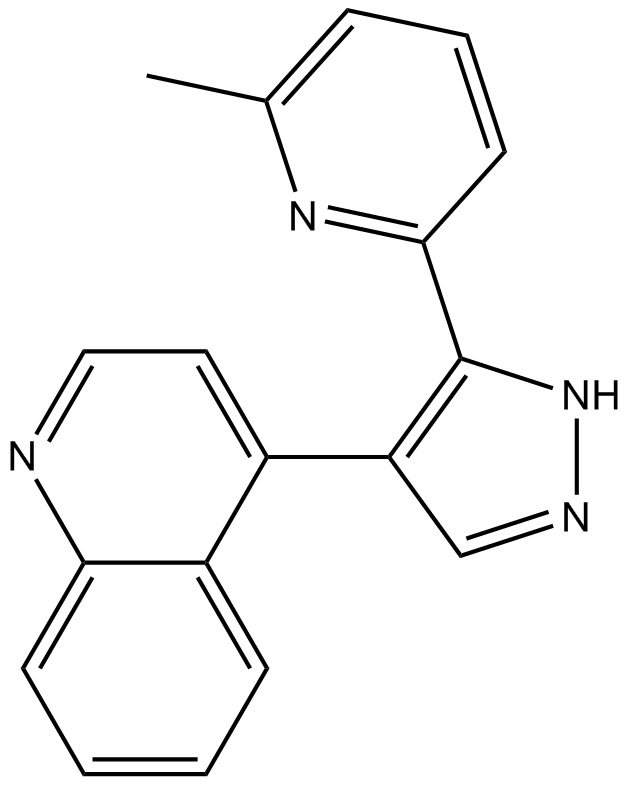 A3132 A 77-01Summary: Potent ALK5 inhibitor
A3132 A 77-01Summary: Potent ALK5 inhibitor

